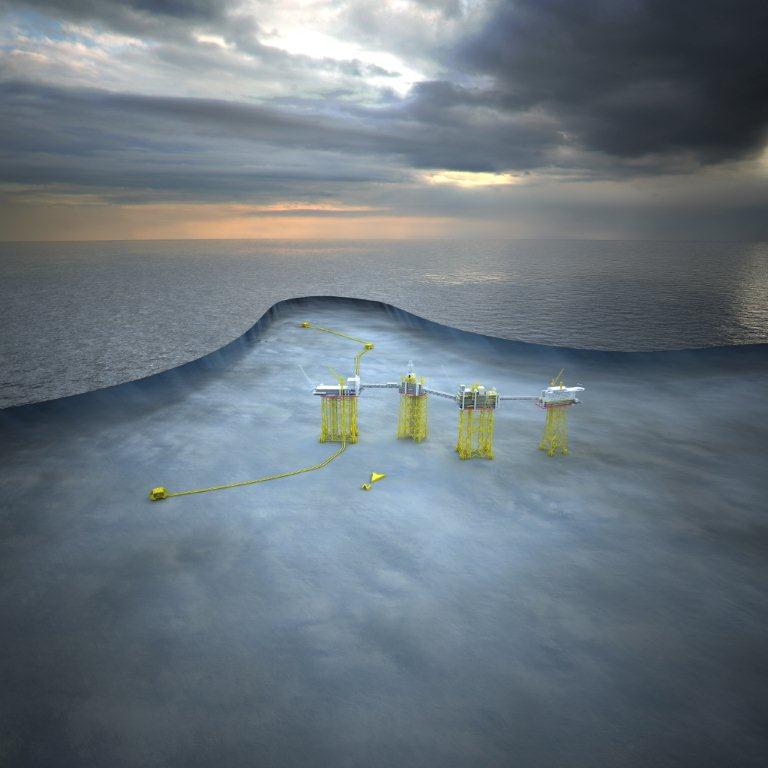
Statoil today confirmed a strategy to hire 50 skilled workers annually as it works to maintain profitability.
“We believe it will be possible to maintain profitable and sustainable production at the current level on the Norwegian continental shelf up to 2030 and beyond. However, this means that we must continue to attract talented personnel with good qualifications,” said Aksel Stenerud, vice president human resources Development and Production Norway.
Late last year, Statoil confirmed plans to shed an additional $1billion in capex in 2017.
Despite the capital claw back, the operator is confident in its ability to maintain margins in Norway, according to Stenerud.
“However, Statoil sees great opportunities for the Norwegian continental shelf. We have projects that are in the process of starting up and several are under completion. We also have a number of projects in the planning phase for possible development”, he added.
“We need to recruit skilled workers to all disciplines in the coming years. In the first few years, the majority of recruitments will be within processing.
“Although the need to recruit skilled workers within processing, electro-mechanics and logistics will no doubt vary from year to year, we have a long-term recruitment strategy.
“The recruitment strategy for offshore personnel will also address the needs and solutions we have within our onshore facilities. This provides opportunities for good professional development among all of our skilled workers.”
Dag Unnar Mongstad, who is a representative of the Norwegian trade union Industri Energi added: “The strategy will help to ensure the proper capacity, predictability and renewal. It is also a response to the workforce attrition we face within these disciplines. We hope this will contribute to a positive trend in the number of applications for education in these subjects.”
Statoil’s flagship Johan Sverdrup is one of the five largest oil fields on the Norwegian continental shelf.
It is located on the Utsira Height in the North Sea, 160 kilometres west of Stavanger. Estimated corporation tax paid to the Norwegian state from the project will total NOK 670billion.
Daily production during first phase of development is estimated to be 440,000 barrels per day. Peak production is expected to reach 660,000 barrels per day. Production start for Phase One is planned for late 2019.
Recommended for you
